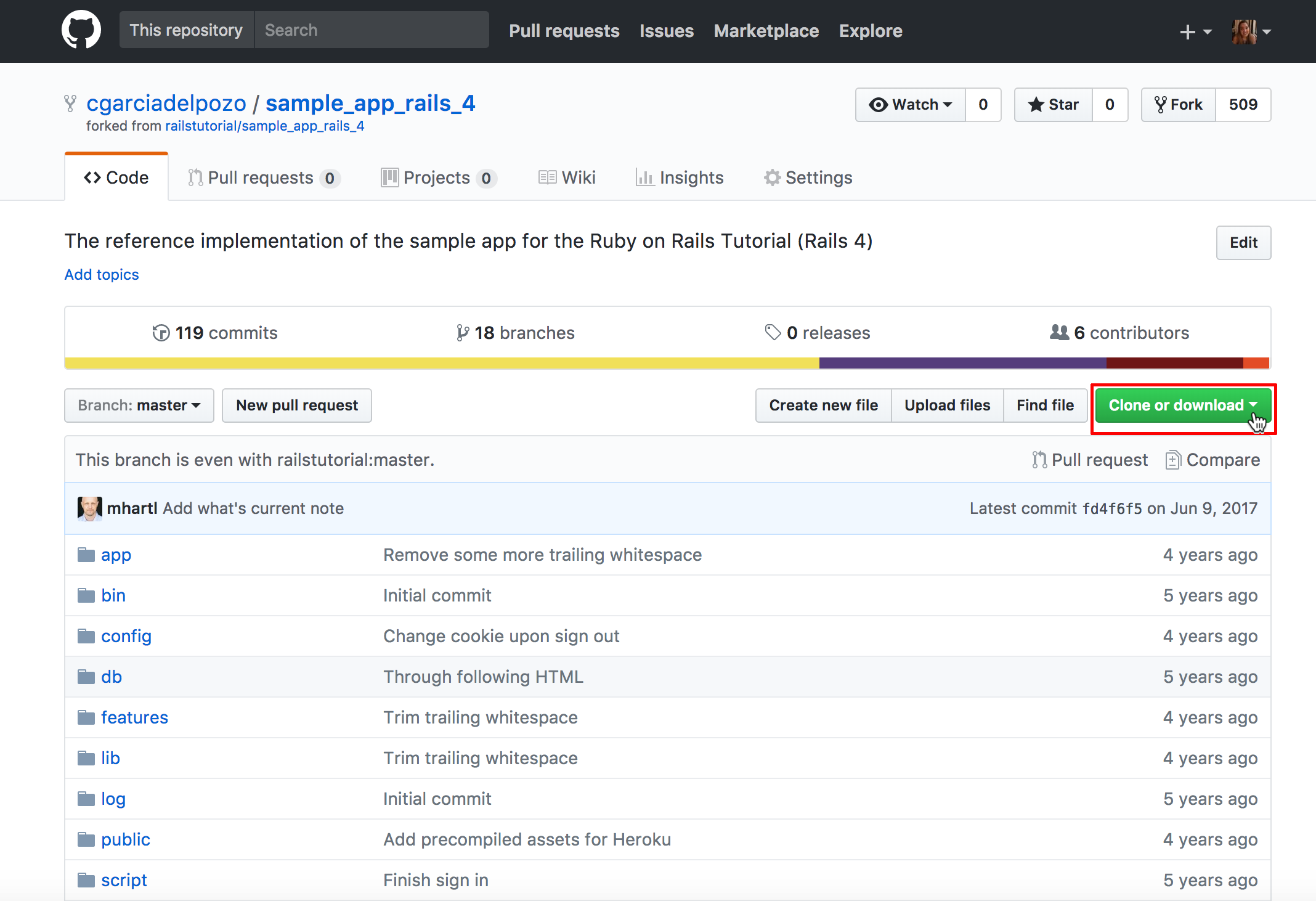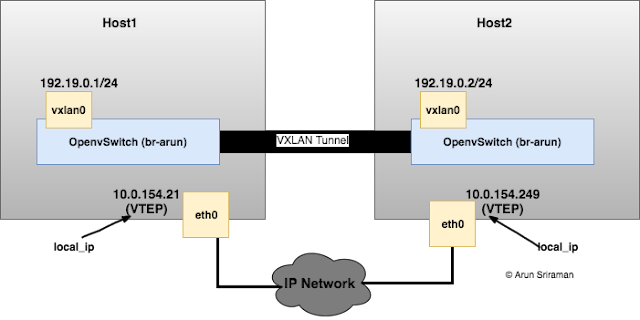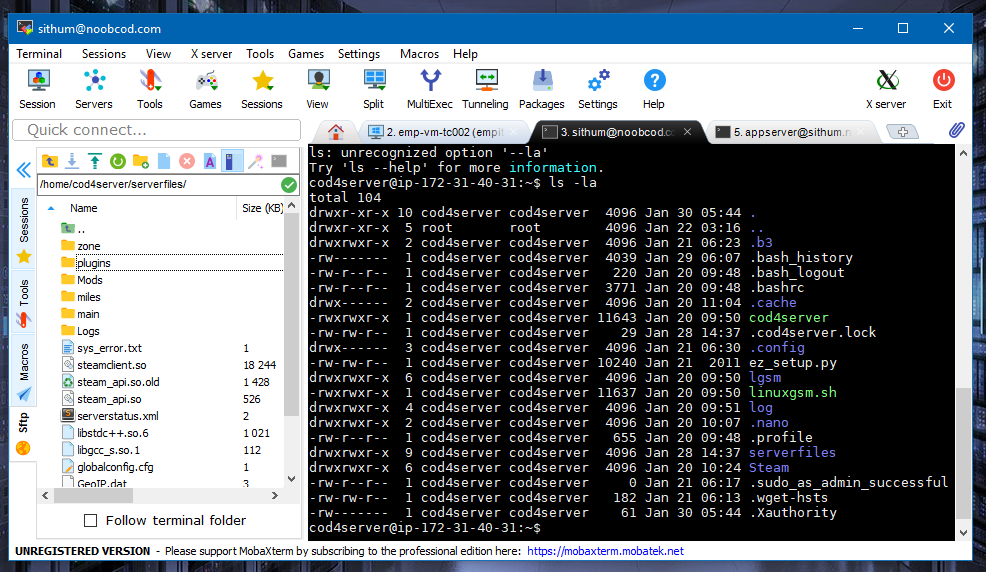

- #Run dual windows and linux on local cloud update#
- #Run dual windows and linux on local cloud password#

While a service account rarely requires Domain Admin level rights, they often are over-privileged as an easy way to overcome any potentially unforeseen operation challenges that may impact service continuity. Windows domain accounts,) access to off-system resources. The Access Challenge: Service accounts have privileged access on the local system and, in some cases (i.e. Consequently, service accounts are often configured with non-expiring credentials that remain unchanged for years! This means that every service that uses that locked out account will now fail too.īecause of the implications of passwords that don’t correctly sync, many organizations simply choose to ignore the issue, rather than risk downtime.
#Run dual windows and linux on local cloud password#
The use of an incorrect password by a service could even cause the operating system to think that the account is under attack and, consequently, lock out the account. If you miss any of the places that have a stored password, the wrong password will be used and that could spur cascading system failures. Updating all the places where a service account is stored is known as propagation.
#Run dual windows and linux on local cloud update#
So, not only must you update the authenticator, but also all references. Active Directory), but also in every service/application that stores the password for that same credential. The Password Challenge: The consequence of the service account structure means that any password change of a superuser credential must not only be performed in the authentication system (i.e. The compromise or malfunction of a service account can potentially cause widespread system outages, particularly if an account is associated with multiple services.

Proper system functioning and business continuity depend on the functioning of the underlying services. So, even as an administrator, humans are not (and should not) be directly in charge of the creation of service accounts.Ĭhallenges of Managing & Securing Service Accounts Generally, service accounts are created and configured by the package manager during installation of the service software. Consequently, the service account is generally a powerful access credential. In many cases, the mechanics of service accounts means that an account must be known and verifiable to, not only the application, but also everything that the application interacts with. In other words, service accounts are proxies for performing limited actions for users that have no access to sensitive data and systems. Service accounts are needed for these persistent applications so that they can perform actions on behalf of the users of the application. For example, a web site would be an example of a persistent application, as would a database or other line-of-business application. Many servers use local accounts - like root on Linux and administrator on Windows - to run persistent applications, whether or not someone logs into the machine. A single service or process account may be referenced in multiple places. They can be stored in services, tasks, COM objects, Internet Information Services (IIS), SharePoint, databases, and applications.

Service accounts run automated business processes and are used by applications, not people.


 0 kommentar(er)
0 kommentar(er)
